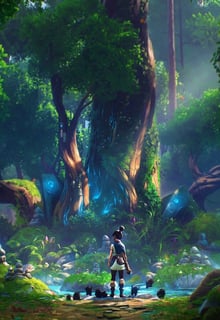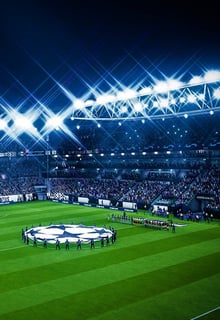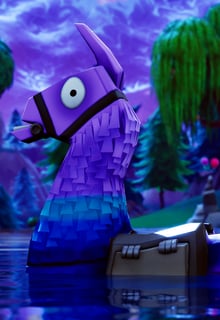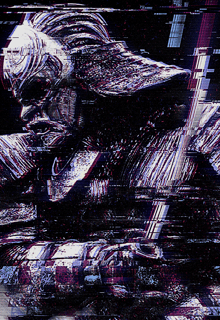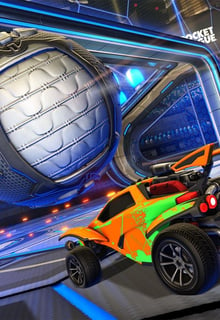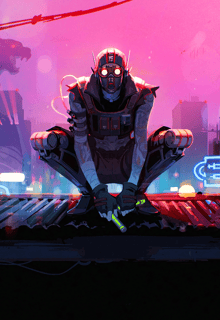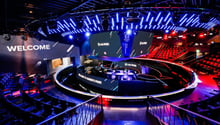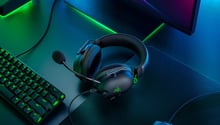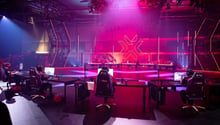Here is the best party comp in Baldur's Gate 3. With these four subclasses, you can complete all the most challenging content in the game without any difficulty.
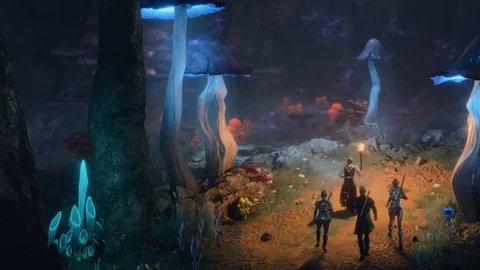
At this point, there are lots of guides on the best class comps for Baldur's Gate 3, and usually they will always tell you to bring one character to fulfill each of the key roles: tank, AoE damage expert, support caster, and someone for out-of-combat usefulness (a skill monkey like a Rogue or a Bard). There's sound logic behind this kind of party structure, because with all the bases covered you can effectively handle every situation.
However, rather than just slotting four different characters into the classes that traditionally fulfill the four key roles, we're going to do something a lot more efficient to produce the best party comp in BG3. We're going to use a Sorcerer to cast and then concentrate on Twinned Haste for every big fight, which will double the actions available per turn for two of the other party members, the tank and the support caster.
And to make it even more efficient, we're going to take a Light Cleric as our support caster. With two actions per turn, the Cleric can therefore use a support/control spell as well, using an AoE damage spell like Fireball or Wall of Fire. And the tank will get four attacks per turn from level 5. We'll break it down more clearly and go character by character below. But, the reason that this is the best party comp in Baldur's Gate 3 is because with just four characters, we're getting the damage output of two tanks, we're also getting two casts per turn of either AoE or support spells, and we're getting the utility from our out-of-combat/skill expert.
In other words, we're getting the raw power and action economy of five party members for the price of four. Keep reading for a full class breakdown.
Baldur's Gate 3: Best Party Composition
Character 1: Rogue / Assassin (Your Own Custom/Origin Character)
We think you should play the Rogue as your main character because you will be the one at the front of the party who runs into conversations, locked doors, and traps first. If you play as the low Charisma bruiser for your main character then you will just end up failing a ton of checks while your more-skilled party members are following you around.
The Rogue and the Bard are the only real choices for this kind of role, but the Cleric can do a lot of what the Bard can do, whereas no one can do some of the things the Rogue does. So the Rogue was the obvious pick when we already have a Cleric in the party. Assassin is also a fairly obvious pick if you just want reliable usefulness from your class features.
Character 2: Paladin / Oath of Vengeance
The Paladin is more capable of high bursts of damage than any other melee-focused class, thanks to how Smite works. And, because BG3's bosses so often involve long periods of invulnerability and small windows of opportunity for damage dealing, having access to this kind of burst damage is exponentially useful. We advise you to lean into this nature of the Paladin class even further by going for the Great Weapon Master feat (+10 damage per hit but -5 to the Attack Roll).
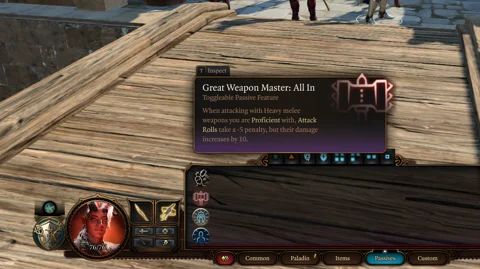
We chose the Oath of Vengeance because the Vow of Enmity is the most useful feature for a Paladin with Great Weapon Master (you always want the Advantage on your Attack Roles to deal with the -5 to hit). Once this character reaches level 5, and if you use the best party comp in Baldur's Gate 3, you will be doing four attacks a turn in most fights.
And for each of those four attacks you will be looking at a minimum of 1D12+14 damage per hit, with the chance to upscale every hit via Divine Smite. This kind of damage output is frankly absurd, and will allow you to walk through Explorer and Balanced content with ease.
Character 3: Cleric / Domain of Light
To fill the role of support caster and AoE damage expert, we're going to use the best class in Baldur's Gate 3, the Cleric. They aren't quite 3rd Edition broken, but Clerics in BG3 are just as powerful as they are in 5e.
By using the Domain of Light we can create the Swiss Army knife of casters:
- High AC thanks to Medium Armor and Shield proficiency.
- Single target melee damage via Inflict Wounds (the highest damage level 1 spell in the game)
- Single target ranged damage from Guiding Bolt (almost no enemies have Radiant Resistance).
- AoE damage from the Light Domain spells Fireball and Wall of Fire.
- The best ranged healing in the game, Healing Word & Mass Healing Word
- Control magic with Hold Person, Blindness/Deafness and Darkness.
Oh yeah, and did we mention that their Warding Flare allows them to impose Disadvantage on enemy attacks as a reaction? It's ridiculous how much you can get out of the Cleric, and it's obvious that this class was always going to make it onto the best party comp in BG3.

The Cleric should be the second character you cast Twinned Haste on, alongside the Paladin, because they will provide you with more in combat than the Rogue or Sorcerer.
Character 4: Sorcerer / Draconic Origin
The Sorcerer is there to do one thing and one thing only: Enable the Cleric and Paladin to go absolutely wild. Here is what you need to do with your Sorc whenever the fight starts:
- Use three Sorcery Points and a Level 3 Spell Slot to cast Twinned Haste on the Cleric and Paladin.
- Avoid damage and maintain concentration on this spell for as long as you can, up to ten turns (and don't accidentally use another Concentration spell in this time or Twinned Haste will end).
- On each of your turns, you can still emerge from safety and pop off a non-concentration damage spell each round.
It's not going to be fun for those who want to experiment with the Sorcerer's diverse kit, but if you only care about min-maxing and getting through Tactician, this is by far and away the most efficient way to play.

And there you have it, the best party comp in BG3. We hope you found it helpful.


